Podcast: Play in new window | Download
Before we get started, I want to thank two people for today’s episode.
First, my very good friend, Brian Holmes. Brian absolutely loves aviation and all kinds of airplanes, but he has no interest in turning wrenches. So I was curious about what kind of topics would be appealing to airplane owners and pilots, like Brian, who love aviation, but who don’t care to get involved in maintenance in a hands-on way. And very quickly, Brian suggested the topic of, “What to do when I flood the engine on startup.” Thank you Brian, for this idea! We can all use this one, whether we are pilots, mechanics, or both.
Second, I received an email awhile back from the Honorable Arthur Rosen, suggesting it would be good to have an episode on hot starts. Thank you Arthur!
So we will attempt to combine these two in this episode, since they are sometimes related, and one of the times that flooding an airplane engine happens, is during a hot start.
As pilots and mechanics, we’ve all seen it… that guy out there on the ramp who just cranks and cranks and cranks away on his airplane’s engine, and just can’t seem to get it started.
And if we’re honest, if we’ve done very much flying and ground running of airplanes, there’s a good chance WE’VE been that guy!
And you always hate to be that guy, because it’s flat out embarrassing!
You start to imagine that everyone around is staring at you, imagining what an idiot you are, but not acknowledging that they’ve also found themselves in the very same situation at one time or another.
That scenario is bad enough.
Now imagine, you’ve arranged to take some family, friends, or other important people for an airplane ride…
You’re so excited about this.
Your passengers are a little nervous…
And you flood the engine…
If you don’t get this right, your passengers can quickly start to question your ability.
The last thing you want is for your passengers to wonder if you can actually fly this airplane.
So what do yo do, when you flood your airplane’s engine?
Here’s my short answer: Whatever it takes to clear out the excess fuel, until the mixture of fuel and air is just right, so the engine can fire.
But before we talk about how to do that, let’s back up.
And let’s also give a couple disclaimers:
This episode is for information and inspiration only. Don’t just take my word for it.
Check all this with your local A&P and your flight instructor.
In other words, don’t come back and say, “Dean said on the podcast that I could do this dumb thing I did”… YOU are responsible to take all this and check it out for your own personal situation!
Listen to today’s episode, and hopefully you will find something helpful when it comes to starting an airplane engine that is flooded, or hot, or both.
Here are a few ideas we cover:
- Keep your engine well-maintained… it’s one way you might PREVENT flooding your engine, or having an engine that’s hard to start.
- Be sure your magnetos are well-maintained (500 hour inspections,) and your spark plugs are serviced regularly, (I recommend every 50 hours.)
- Get some one-on-one training with your favorite option… it could be a flight instructor, an A&P, or just a very experienced pilot-friend.
- Don’t pump the throttle in a carbureted engine… use the primer instead. Pumping the throttle increases the chance of a fire in the induction system.
- Become familiar with your POH procedures for flooded starts and hot starts.
- Don’t run your starter too long.
- Discover YOUR engine’s characteristics for flooded starts and hot starts, both in summer and winter.
And if you end up in a different airplane sometime, and you’re pretty sure it’s flooded, here are a few things you can try. This is what I do:
- Mixture – idle cutoff.
- Starter – crank.
- Throttle – advance to full.
- When the engine fires – reduce throttle to idle (important!)
- Advance mixture.
Once again, check this out with someone locally, whom you trust.
I also mentioned the procedure Bill Eubanks uses in his A36 Bonanza for hot starts. Here it is:
- Mixture lean.
- Throttle full.
- Purge any vapor lock by running fuel boost pump 15-20 seconds.
- Mixture rich.
- Fuel boost pump on until fuel flow peaks.
- Turn fuel pump off.
- Throttle: close, then open about 4 twists.
- Start engine, and be prepared to turn fuel boost pump on for about one second once engine first begins to fire.
I was amazed how well this procedure worked when I saw Bill do it.
You may also be interested in a couple of past episodes that are related, but also very different:
Episode 019 “Ladies and Gentlemen, Start Your Airplane Engines, But Please, Take it Easy On Them!”
Episode 067 “The Zero-Throttle Starting Challenge.” (Only for cold starts.)
One final note, I’m currently working on a video-based safety wiring course, so you can be watching for that in the future.
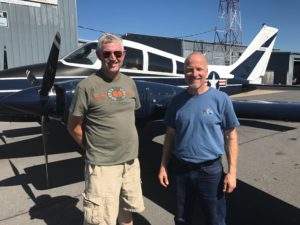
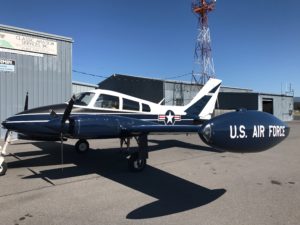

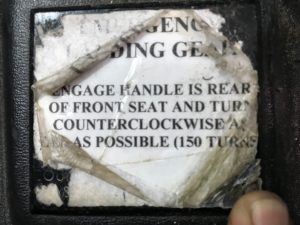
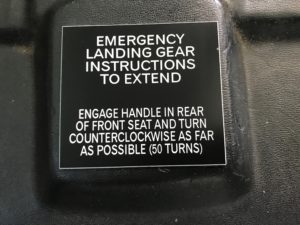
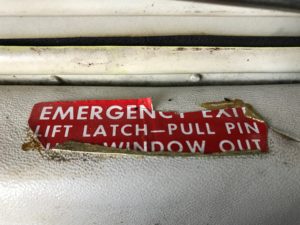
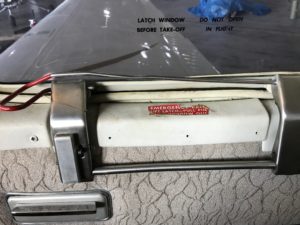


Recent Comments